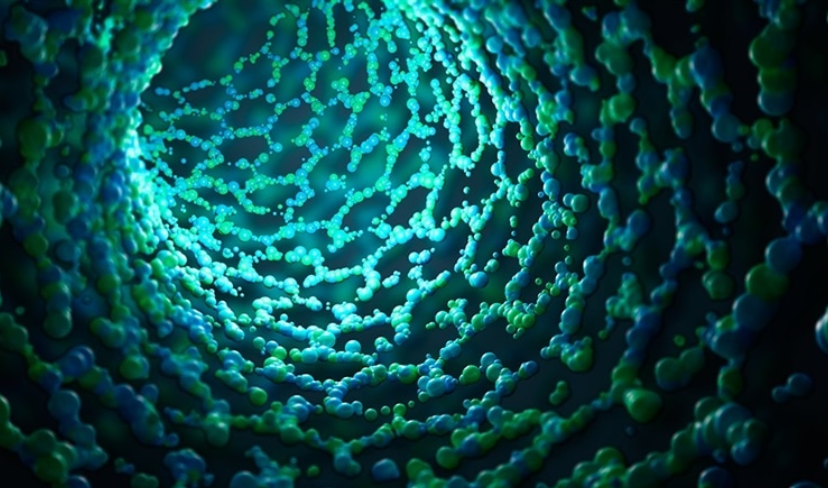
Back in 2015, the World Economic Forum published a short guide detailing how nanotech can tackle climate change. One of their suggestions was to prioritize cheap energy storage using nanotech. Converting solar energy to fuel is often costly and inefficient (Polycrystalline and Amorphous Silicon Solar Panels have low efficiency rates of 15-20%), with much of the stored energy being lost during transfer. In 2017, Nanotech Engineering claimed their graphene-enhanced carbon nanotube solar panel could reach a 92% efficiency rate. Critics pointed out the maximum theoretical efficiency of a solar cell was 86.8%, as demonstrated by the SQ (Shockley Queisser) limit. Nanotech Engineering responded by publishing their design specifications. The new panels are made of 10 layers of graphene with a CNT (carbon nanotube) forest laid on top. With the graphene layers providing conductivity, the CNTs convert photons to electrons allowing for the higher efficiency rate.
Nanotech Engineering’s claim is yet to be independently verified, and there are many in the solar industry who remain skeptical. Whilst there is yet to be a big announcement on the front of major newspapers and media outlets, many in the nanotech sector do agree that it shows promise.
Smart Windows
Whilst Nanotech Engineering’s CNT solar panel efficiency remains contestable, Dimien’s E3 View Smart windows are a proven reality. Graduating from the University of Buffalo in 2013, chemists Brian Schultz and Sean Depner were already thinking of ways to limit climate change. Instead of relying on existing electrochromic glass, the new smart glass uses a coating of vanadium dioxide between 50-150 nanometers in thickness. Vanadium dioxide is a great insulator at temperatures up to 150 degrees Fahrenheit. Once it goes over 150 degrees Fahrenheit, it becomes an electrical conductor leaping to 1,000 times its previous electrical conductivity. How is this useful in smart windows?
When doping the vanadium dioxide crystals with tungsten atoms, chemists are able to change the metal-insulator transition temperature. With that kind of control in place, windows coated in vanadium dioxide can be tuned to conduct heat away from the glass or allow heat in, even storing it when temperatures outside are low. The climate benefits become apparent when you consider the amount of building heat lost worldwide and the amount we all spend burning fossil fuels to maintain comfortable interior temperatures.
Look at Your Phone
How many times a day do you charge your cell phone? Once? Twice? Whilst smartphones have a smaller energy footprint then a car does, our cell phones still burn a lot of fossil fuels due to global reliance on outdated and environmentally damaging energy infrastructure. One of the most exciting nanotech developments that can help limit climate change may soon lie in the very clothes we wear. Using 2D black phosphorus nanosheets, researchers from Vanderbilt University developed a way of charging your phone whilst it sits in your pocket or bag. By lining textiles with layer upon layer of the nanosheets, a phone with the right battery could harvest electricity from the charge created by the nanosheets bending and moving.
Because the nanosheets are so thin, it is easy to line any number of clothes with the nanotech as well as harvest energy from human motion which typically occurs at low frequencies.
Alongside the Vanderbilt method, researchers from the University of Texas and Hanyang University in South Korea developed an alternative. Spinning carbon nanotubes into yarn before twisting it to become elastic, they then coated the yarn with an electrolyte. Once the yarn stretches, an electric current is produced.
NanoCO2 Harvesters
Using water and sunlight to convert atmospheric CO2 into methanol is proven. Using this technology to clear the earth’s air of excess CO2 should be lauded, but the technology is not currently scalable. According to Suman Jain, a senior scientist at the Indian Institute of Petroleum in Dehradun, India, the nanoparticles lining the surface area of the harvester can merge and clump, making then defunct when used over a long period of time. However, the nanoharvesters are more efficient than conventional catalysts and, despite the clumping problem, should not be ruled out for further use. It remains to be seen whether or not the nanoCO2 harvesters will be adopted on a global scale.
The Way is in the Will
If we are able to introduce this nanotech widely into everyday essentials like clothes and windows, it is easy to see the huge potential in limiting climate change. The challenge lies not in the technology itself, but whether or not commercial and political interest can be convinced that nanotech is scalable. Yet with more and more nanotech developments happening every year, the future might not be as grim as many predict.
Article Credit: azocleantech
